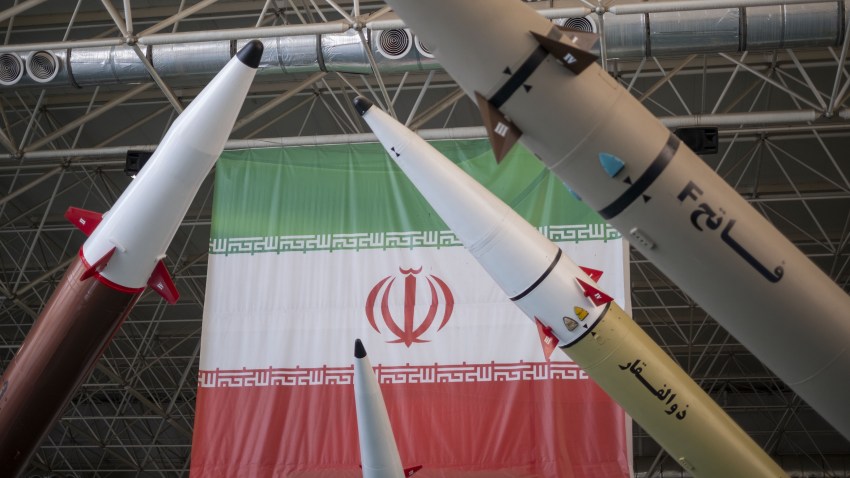On April 13, Iran launched a brief but high-intensity air attack on Israel, reportedly firing more than 300 drones, cruise missiles and ballistic missiles primarily aimed at Israeli military installations in the Negev. Reliable and detailed accounts of the composition of Iranian strike systems employed in the attack and the means through which air and missile defenses countered them are not public knowledge at this time. But the vast majority of Iranian drones and missiles employed in the attack appear to have been neutralized, with only a handful reaching Israeli territory.
The barrage, which came in retaliation for an Israeli air strike on an Iranian consular building in Damascus two weeks before that killed seven high-ranking Iranian military officers, was the first direct attack on Israel ever launched from Iranian territory. But it was also the first operational employment by Iran of a wide range of its conventional strike capabilities in a single cohesive operation. Prior strike operations by Iran were of a much smaller scale and typically only involved the employment of ballistic missiles against targets unprotected by ballistic missile defenses. Prior operations by Iran’s various nonstate allies, like Hezbollah in Lebanon and the Houthis in Yemen, have typically entailed small-scale attacks involving a single type of strike system. As a result, until this most recent attack, Iran’s strike capabilities were largely untested in the kinds of operations for which they were primarily developed.
More than a week after Iran’s unprecedented operation, there remains considerable uncertainty about the military aspects of the attack, the political calculus behind it and, not least, the extent to which the publicly observable outcome aligned with Tehran’s expectations. One of the biggest questions surrounding the operation concerns the degree to which the less-than-stellar performance is reflective of the full scope of Iran’s strike capabilities. As more information becomes public, it is important to be mindful of three important considerations to understand the implications of Iran’s recent operation for military dynamics across the Middle East.

